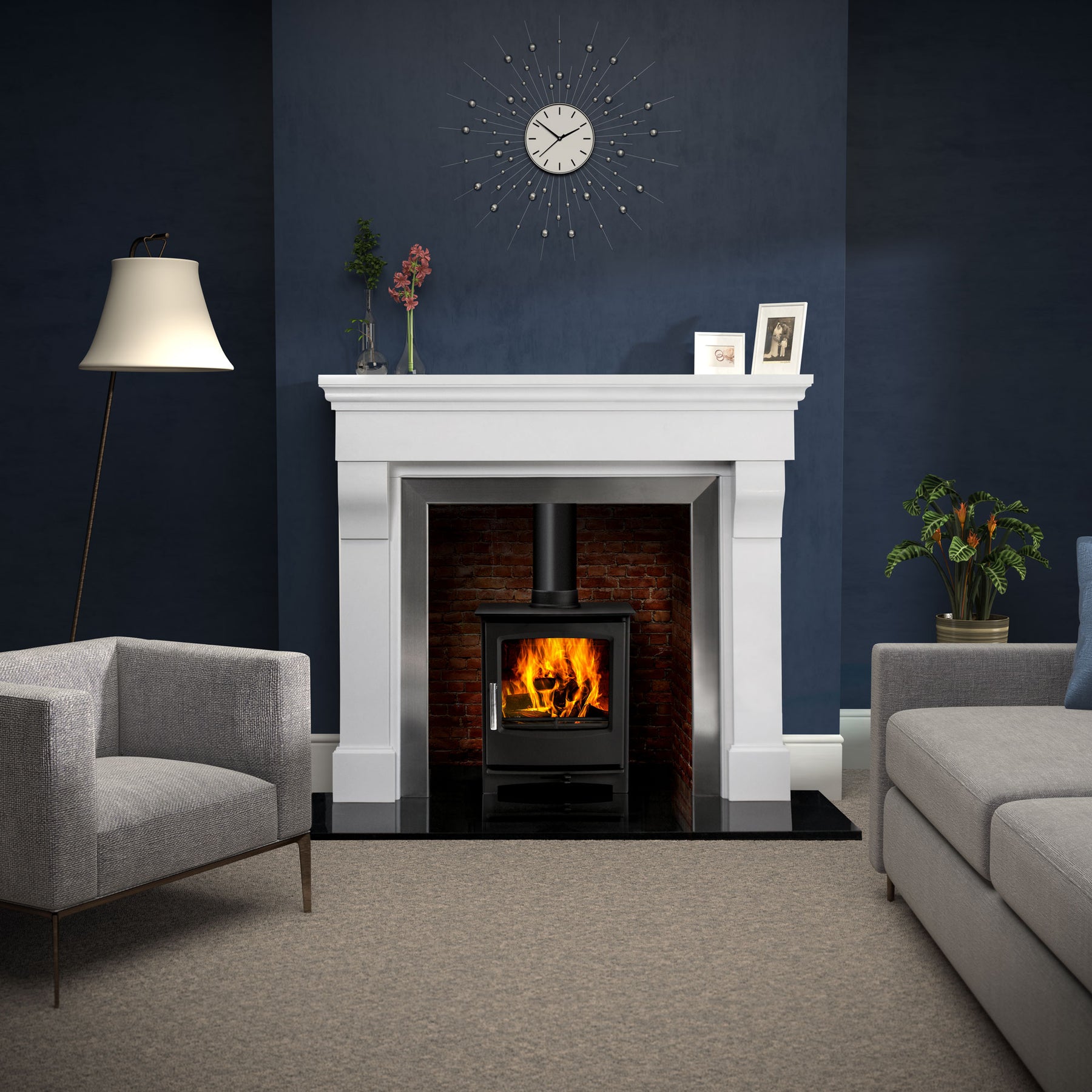0121 271 0221

Common Problems with Wood Burning and Multi-Fuel Stoves and How to Solve Them
If you’re not an expert in using wood burning or multi-fuel stoves, sometimes the problems or little quirks that happen from time to time can seem quite daunting.
More often than not, it’s very easy to solve whatever difficulty you’re encountering.
Here are a few common problems and some suggestions on how to overcome them.
Difficulty lighting the stove
In most cases, problems with lighting a stove are just down to not using the right materials or not preparing properly. Check out our article on lighting a stove for an in-depth guide to getting your stove going.
Difficulty controlling the stove temperature or overfiring
Believe it or not, your stove can get too hot. If you don’t control the temperature your stove can run so hot that it overfires or damages your stove.
A common cause is too much oxygen getting to the fire. Check all door and glass seals to make sure that’s not the creating the problem. Make sure you’re familiar with all the controls on the stove and proper operation as detailed in the instruction manual.
If it’s a boiler stove, check that the thermostat control flap is clear of debris. In extreme circumstances, consider having a flue stabiliser fitted.
Stove not burning well
The most common cause of this is using damp fuel (read our article on the importance of using properly dried wood).
Make sure you’re burning the type of fuel specified in the instruction manual for your stove (read our article on how to operate a wood burning stove to achieve maximum burning efficiency).
If you’re doing everything correctly, have a professional check your flue for a blockage or other problems.
Stove is smoking
Almost all stoves that are connected to a good chimney will never have smoke or fumes coming into the room.
Smoke in your room usually indicates flue problems. Often a lack of ventilation is responsible. Flues or chimneys need an air supply into the room to be able to remove the smoke effectively.
Another common cause is a cooker ventilation hood in the room or an adjoining room. These hoods can sometimes suck smoke and fumes back down a chimney.
Fireclay flue seals cracking
Cracked fireclay seals around the stove outlet look messy and unsightly. Mix fireclay with heat resistant glass fibre rope, which will bond the fireclay and stop cracks forming.
Paint smelling
New stoves sometimes give off a paint smell when first fired up, but this should disappear after a few days. This happens while the paint is curing. Check your instruction manual for more information.
Prolonged smells for more than 3-4 days suggest some sort of problem. Contact the manufacturer in this case.
Bars or grate have deteriorated
All stove bars and grates deteriorate with use, some faster than others. The type of fuel you use, burn rate and frequency of ash removal are all key factors in their lifespan.
Check your instruction manual to see the best fuel to use. Always avoid petroleum-based fuels - sometimes known as ‘pet coke’. Overfiring your appliance, and leaving the ash pit doors or all air vents open for long periods can also increase deterioration.
Clean your ashes out regularly in a multi-fuel stove to ensure there is an air flow around the bars to keep their temperature down. If the ash pan fills to the point where the ashes touch the bars, there will be premature damage.
Glass dirty and difficult to clean
Most modern stoves have an airwash facility to keep your glass clean when burning. Make yourself familiar with the operation of the airwash by reading the appliance operation manual.
If it’s working well, the airwash will burn soot off the glass when the stove is in use.
The best time to clean the glass by hand is shortly after lighting. Use a damp cloth before the glass gets too hot. The soot will wipe off easily.
Doing this when the glass is too hot will cause the water on the cloth to turn to steam, which should be avoided. Stubborn stains can be removed by dipping your cloth in the ashes in the ash pan and then rubbing the stains.
Using abrasive cleaning fluids or cloths will damage the glass and make it more difficult to clean in future.
If you’ve got a problem that wasn’t answered in this article, please get in touch and we’ll try to write an article to help you.
